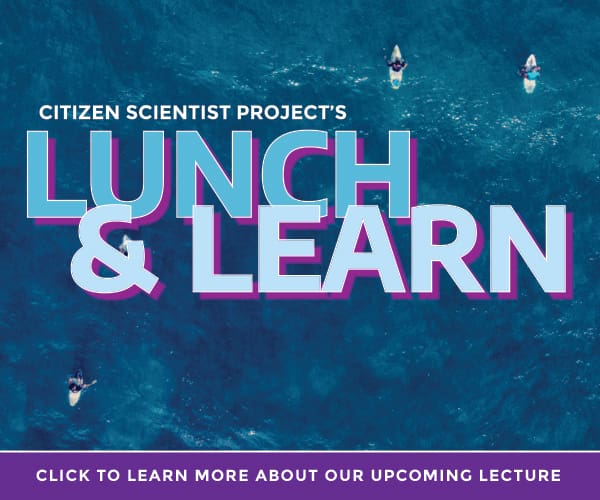Facing the possibility of record levels of mounds of stinky seaweed arriving on its beaches, Miami-Dade Mayor Daniella Levine Cava vowed Tuesday she would mobilize additional resources. But the County intends to continue an environmentally questionable practice of blending sargassum into sand, she said.
Key Biscayne, which is also preparing for the cyclical sargassum wave, stopped the practice of blending the sargassum into the sand for health reasons. A 2019 study conducted by the University of Miami found that practice causes fecal bacteria levels to increase in the sand, which in turn flows back into the water, contributing to periodic swimming advisories.
Levine Cava told a Zoom call of Miami Beach residents and elected officials she had requested $2 million from the State of Florida to support removal efforts.
“We are prepared and we are ready,” Levine Cava said in the session with Miami Beach Mayor Dan Gelber and two commissioners whose districts cover the beach. “Maintaining these beaches, both for our wildlife and our residents and visitors remains a priority for all of us.”
But some on the call of more than 100 were hoping for more detail.
“We need to have more pointed conversations. There have to be metrics that we are working toward,” said Anamarie Ferreira de Melo, the president of the Mid Beach Neighborhood Association and an epidemiologist.
She gave Levine Cava credit for acting swiftly and marshaling a team to be ready for the sargassum, but also raised questions about health impacts of rotting seaweed she saw first hand.
“Miami Beach residents are questioning the burying,” Ferreira de Melo said.
In 2019, she said residents complained of rashes, irritation, and some had to rely on inhalers when the stench got particularly bad. “It was rotting.”
In Key Biscayne, there are three different jurisdictions that all handle the sargassum differently, a fact that is frustrating for Village officials who have to deal with resident expectations that can’t be easily met, said Chief Resilience Officer Roland Samimy.
Key Biscayne deep-burys some sand –to a depth of more than three feet– and hauls the rest. Bill Baggs Cape Florida State Park lets Nature take its course and does little to counteract the arriving seaweed
“Theoretically, you should manage it as one beach. Unfortunately, we have a tale of three beaches,” Samimy said. He is hopeful the oncoming mass of sargassum — he frowns at the word ‘blob’ – will prompt closer cooperation and a unified approach.
“We do our best to play nice in the sandbox. We need each other,” Samimy said.
Invest in Local News for Your Town. Your Gift is tax-deductible
Tony Winton is the editor-in-chief of the Key Biscayne Independent and president of Miami Fourth Estate, Inc. He worked previously at The Associated Press for three decades winning multiple Edward R. Murrow awards. He was president of the News Media Guild, a journalism union, for 10 years. Born in Chicago, he is a graduate of Columbia University. His interests are photography and technology, sailing, cooking, and science fiction.



